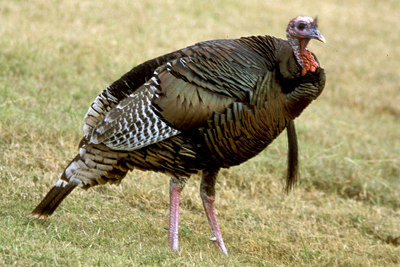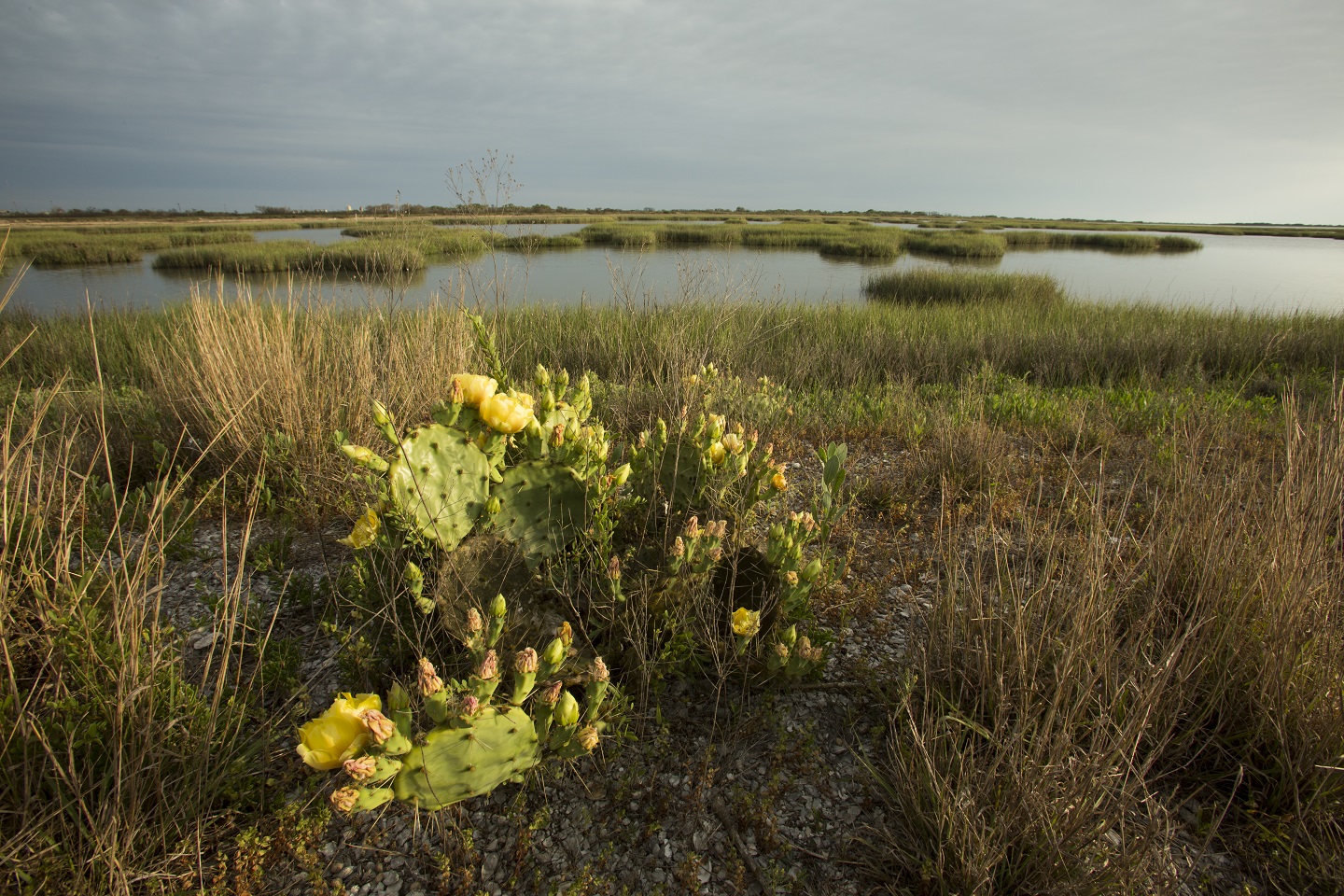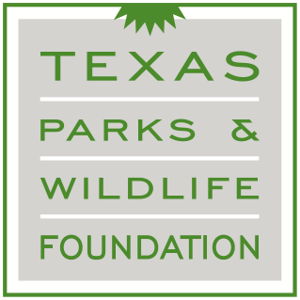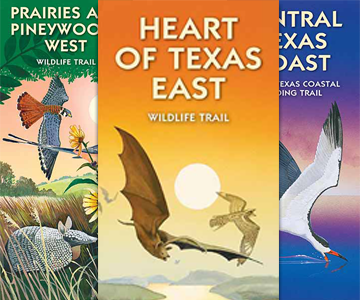Rio Grande Turkeys
Thursday, March 10th, 2016This is Passport to Texas
Everything’s big in Texas – including the Rio Grande turkey population.
The Rio Grande is really a neat bird from a Texas standpoint, because Texas has, by far, most of the Rio Grandes in the country. There are Rio Grande turkey populations in Okalahoma and Kansas as well, but they’re very small compared to the Texas population.
Former upland game bird specialist T. Wayne Schwertner currently serves as Assistant Professor of Wildlife, Sustainability, and Ecosystem Sciences at Tarlton State University.
So, the Rio Grande turkey is a uniquely Texas bird. It’s adapted to the arid conditions of the western part of the state, to the brush lands and prairies. Versus the eastern turkey which is much more adapted to the forests of east Texas and the east United States.
Spring Rio Grande season varies by zone, with the South Zone kicking off March 19 and the North April 2. Hunters will find the bulk of the birds west of I-35.
The Rio Grandes occupy the central half of the state, from about I-35 to the Pecos River, and all the way from the Panhandle down to the Rio Grande Valley.
The Wildlife Restoration Program supports our series and works to increase hunting opportunities in Texas.
For Texas Parks and Wildlife…I’m Cecilia Nasti.







 Passport to Texas is a
Passport to Texas is a  Passport to Texas is made available by:
Passport to Texas is made available by: